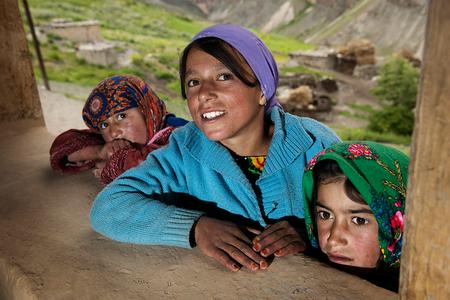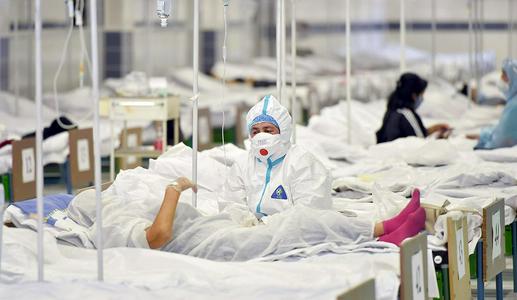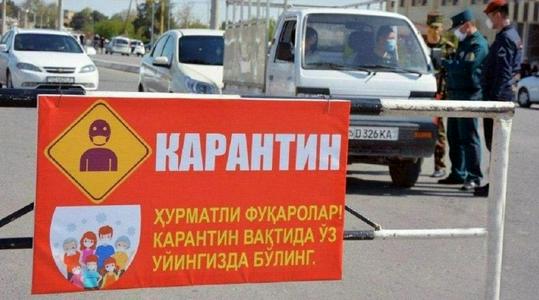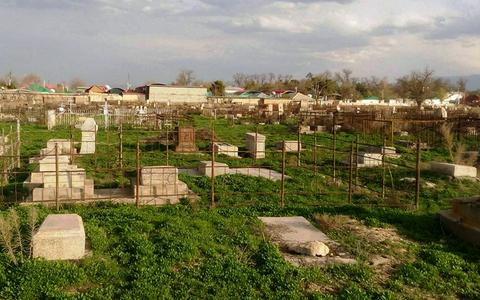In the first quarter of this year, 5,023 cases of pneumonia were recorded, which is fewer than the 5,192 cases registered in the equivalent period in 2019. The Ministry of Health and Social Protection published these statistics yesterday in reply to demands from civil society organisation to clarify the epidemiological situation in the country in relation to the coronavirus pandemic.
According to the health ministry, the current year has also seen a drop in the number of tuberculosis infections – 1,137 compared to 1,218 in the period January-March last year. 15 people in the first three months of this year fell ill with typhoid fever. The health ministry’s letter does not, however, provide information about deaths from the above illnesses.
Health Minister Mirhamuddin Kamolzoda said that coronavirus tests are being carried out on those who show clear symptoms of pneumonia. In total, Tajikistan has received 23,000 tests from Russia, 22,000 from China, and 1,900 from Germany. All of them, the health ministry claims, are certified in accordance with WHO standards. Tests carried out in the country’s regions are sent to the health ministry’s laboratory in Dushanbe, which has an official biosafety level of 2 (BSL; the lowest level is BSL-1 and the highest is BSL-4). It is the only such laboratory in Tajikistan.
X-ray images, CT scans and general blood and saliva analyses are also used in diagnosis, Kamolzoda said.
A number of Tajik NGOs had directed their request to the health ministry following a spate of recent reports of ever more frequent deaths from lung and heart ailments. Since the start of April, several people have died from pneumonia in hospitals in the Jabbor Rasulov district in the north of Tajikistan. According to local media reports, at least seven people have died of pneumonia in the last few days in the City Health Centre No.1 in Dushanbe, including a doctor and a well-known physicist. The statistics provided by the authorities, of course, only cover January to March.
The Tajik authorities continue to maintain that there are no cases of COVID-19 inside the country and that recent cases of pneumonia are due to “unfavourable weather conditions”. Meanwhile, the WHO’s permanent representative in Tajikistan, Galina Perfilieva, has said that “it is impossible to categorically assert that there are no cases of the illness in the country”, since COVID-19 can be asymptomatic and, like in most countries, it is not possible to conduct laboratory tests on the whole population.
The Tajik health ministry and pro-government media have been regularly quoting earlier comments by Perfilieva supporting the quality of testing in the country. Perfilieva and the WHO office in Tajikistan have themselves been criticised this week for refusing to answer independent journalists’ questions about testing in the country and referring instead to the country’s health ministry.
The director of the WHO’s European regional bureau, Hans Kluge, announced recently that the organisation would be sending a team of experts to Tajikistan to verify the absence of the coronavirus in the country.










